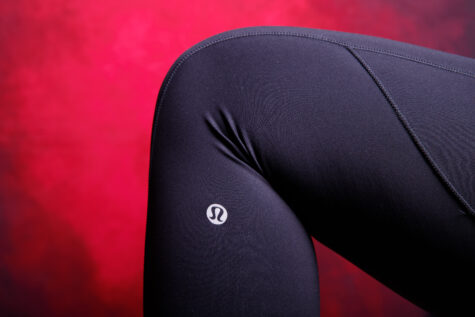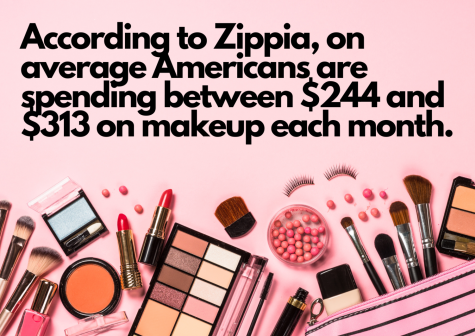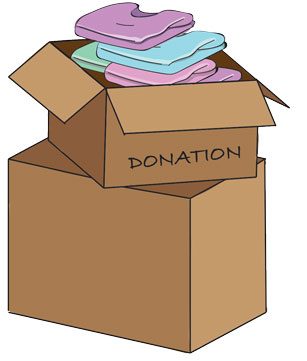From Fast Fashion to Considerate Consumers
By donating clothes and purchasing from sustainable retailers, both customers and the environment can receive benefits.
With the increasing toxic fashion industry in America, it is important for consumers to understand how the clothing they purchase impacts the environment. Although thrifting has become a popular trend, customers are offered other options to dispose of old and potentially damaged clothing by donating to sustainable retailers.
The fashion industry may have a more detrimental impact on the environment than consumers may realize. Each year, around 12.8 million tons of textiles are thrown away by Americans, according to the United States Environmental Protection Agency. While this waste releases toxic chemicals into the environment, the manufacturing process itself is also harmful; there is a wide use of water, chemicals and energy in the manufacturing process.
Due to the detrimental impact fast fashion, the rapid production of cheap clothing, has on the environment, some companies are taking steps to half environmental damage. Various popular brands, such as The North Face and Levi’s, have programs that allow customers to donate clothing for money off their next purchase.
The donated clothing may be recycled or reused in other products or sold again if possible. This process is beneficial for the environment compared to throwing textiles away in the already overflowing landfills. This provides benefits to both consumers and the environment. Sophomore Samuel Sheedy donates clothes to H&M, a sustainable retailer on a monthly basis.
“It is nice to be able to recycle clothes and get something out of it as well,” Sheedy said.
H&M shoppers receive 15 percent off of their next purchase when they donate a bag of clothes. Although sophomore Morgan Aykroid typically donates used clothing to thrift stores, she decided to try out the donation program at H&M.
“I thought [H&M’s donation program] was pretty cool because otherwise I would just give [clothing] to Goodwill or throw it out,” Aykroid said.
While some brands give customers discounts for clothing donations, others solely offer customers an accessible bin to donate old clothes. Although this has less personal benefits for consumers, it is still beneficial for the environment. Patagonia, for example, accepts used Patagonia clothing to be repurposed or recycled. Due to this program, Patagonia has recycled more than 95 tons of textiles since 2005.
Some may be unaware of various sustainable retailers, such as Levi’s, The North Face, H&M, Patagonia or Zara; however, consumers can benefit both themselves and the planet by properly disposing their clothes to these places.















